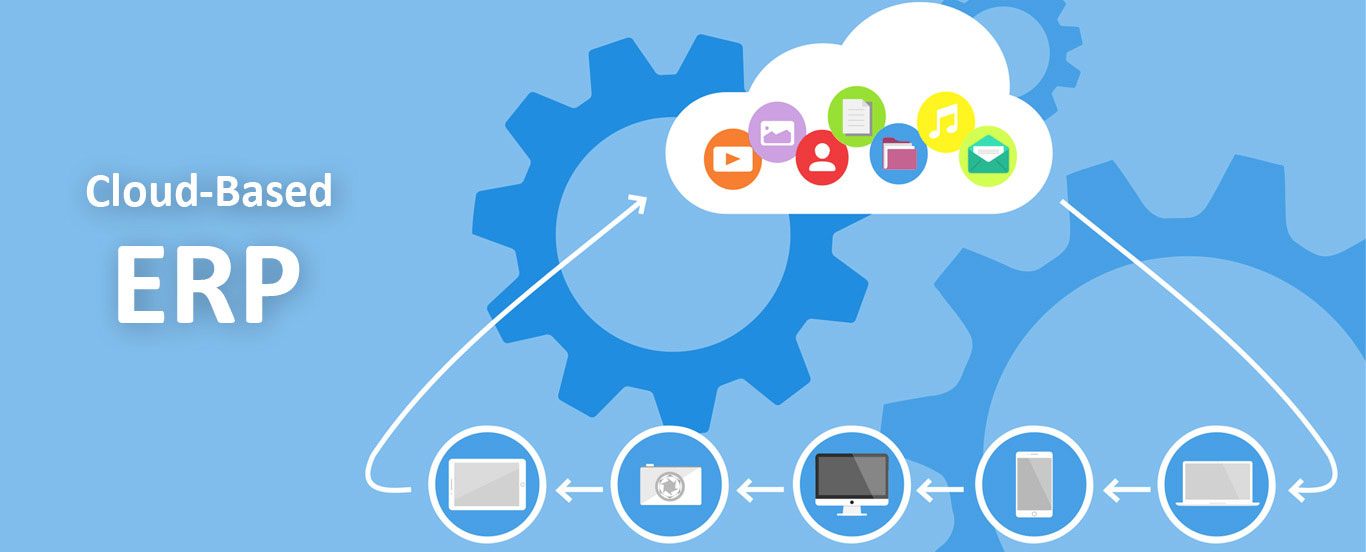Cloud ERP vs On-Premise ERP – Which Is Better?

When selecting a new entERPrise resource planning (ERP) system, one of the most critical factors in your decision will be whether you choose on-premise ERP or cloud deployment. Before making any decisions, it is the right thing to study on each platform completely and choose the best suited technology for your business.
Sr No |
Description |
On-Premise |
Could ERP |
1 |
Platform |
On-premise ERP software exists at a physical location where maintenance also takes place. The company maintains complete supervision over the ERP software and the data. On-premise ERP solutions allow for specialized integration with current business systems. |
cloud ERP, companies leverage cloud computing platforms and services to carry out flexible business process transformations. It allows companies to access the software via the internet. |
2 |
Cost |
Upfront Cost is Higher, making it an investment that cut of over time |
Low Upfront Cost & Predictable Cost over time |
3 |
Implementation |
Implementation take more time. |
Typically take less time for implementation. |
4 |
Security |
Security and safety depend heavily on the operation and maintenance of the company’s environment. |
Data centres from major vendors have more security than what can be guaranteed by an average company. |
5 |
Mobility |
It is difficult to access your business data while away from office. |
User can access any data form anywhere, any device with an internet connection. |
6 |
Maintains & upgrade |
Good IT team is required to maintain & upgrade the software. |
Managed by vendor. |
Conclusion
There are many ERP solutions for businesses of every size, and cloud-based deployment allows small businesses to access these services. The advantages are significant, but customization and potential security concerns are equally substantial.
On-premise systems tend to address these concerns with support for customization and control. However, the initial high cost will put off companies with a limited budget. The final choice for any company ultimately depends on their present needs and financial capacity.
Still not sure which deployment model is right for your organization? Connect with one of our advisors to help you find the right tools for your unique needs and industry.
Types of cloud
There are three main types of cloud computing deployments: public cloud, private cloud and hybrid cloud.
- Public clouds are owned and operated by third-party service providers and are the most common. This includes cloud storage providers like Sync.com and pCloud, as well as large platforms like Microsoft Azure. The advantages of using a public cloud include lower costs, no need for maintenance, high reliability and almost unlimited scalability.
- Private clouds are used by just one organization. Consequently, the cloud infrastructure of a private cloud (the physical servers that host the private cloud) is maintained by that organization. These are often used by government agencies and large organizations. Their advantages are better control and privacy, as well as increased flexibility.
- Hybrid clouds combine the advantages of public and private clouds. With a hybrid cloud solution, you can, for example, only use public cloud resources when you really need them, saving you a lot of money in the meantime.
Like to boost your business?
Let’s get in touch with us right now!!


